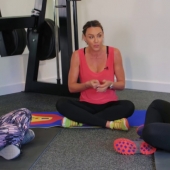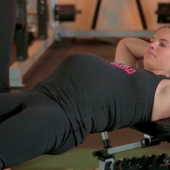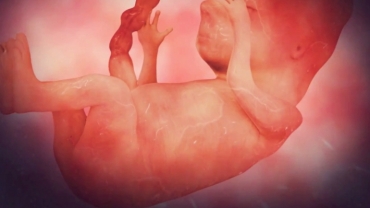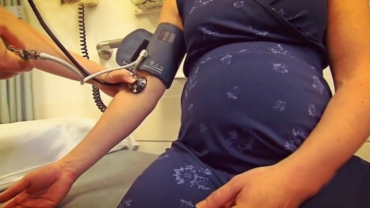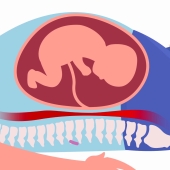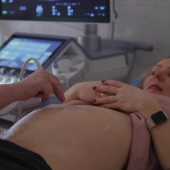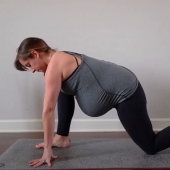It demonstrates how to feel where the baby is within the uterus and how to find out the position of the baby. Its progress of moving down to pelvis. Earlier detection of baby's position will help to determine required referral and skilled professional help for mother during delivery.
Head-Down
Most babies flip and turn with great frequency throughout pregnancy, but generally end up in the "head-down" position around the 33 to 36 week range, according to the American Pregnancy Association. Head-down literally means that the baby's head is pointing toward the birth canal, and his feet, when his legs are fully extended, are in the vicinity of his mother's ribs. Babies at this advanced gestational age most commonly stay in the head-down position for the remainder of the pregnancy and may not move as much as in the earlier months, mainly due to space constraints.
Breech
According to the American Pregnancy Association, four babies out of every 100 full-term births are in a breech position. Breech is the position in which the baby's buttocks or feet are nearest to the birth canal. A breech baby's head is closer to her mother's ribs. This position is less desirable than the head-down position for birth, and breech babies have an increased risk of birth defects or trauma during the birth. Your doctor may try to turn the baby around in a procedure called a version, deliver the baby in a breech position or perform a cesarean section. Abnormalities in the baby's anatomy or the shape of your uterus may prevent the baby from turning around.
Transverse
A baby that lies sideways in his mother's womb is in a horizontal position. The baby's head may point to the left side of your body and the feet to the right, or vice versa. Transverse positioning at the time of birth is extremely rare; only one out of 2,000 babies takes a transverse position. Like breech presentation, a baby who lies sideways may not be able to turn around due to structural abnormalities in the uterus. Pregnancy Today explains that babies who are transverse are delivered by cesarean section to ensure a safer delivery.
Posterior
Babies in the head-down position most often enter the world with their faces facing their mothers' backs. Posterior is the term used to describe a baby in the head-down position with her face facing the mother's stomach, in other words with her face turned up. The altered positioning of the baby's body may lead to back labor in the mother, rather than cramping in the abdomen.
- 31072 views


